Precision Imaging: Radiology Diagnoses for Informed Healthcare

Precision Imaging: Radiology Diagnoses for Informed Healthcare
In the realm of modern healthcare, radiology diagnoses play a pivotal role in providing precise and detailed insights into various medical conditions. This article explores the significance of radiology diagnoses, emphasizing how advanced imaging technologies contribute to informed healthcare decisions.
The Evolution of Radiology: From X-Rays to Advanced Imaging Technologies
Radiology has evolved significantly since the discovery of X-rays by Wilhelm Roentgen in 1895. Today, it encompasses a wide array of advanced imaging technologies, including computed tomography (CT), magnetic resonance imaging (MRI), ultrasound, and positron emission tomography (PET). These technologies allow for non-invasive visualization of internal structures, providing invaluable diagnostic information.
Computed Tomography (CT): Detailed Cross-Sectional Imaging
Computed tomography, commonly known as CT, utilizes X-rays to create detailed cross-sectional images of the body. CT scans are instrumental in diagnosing conditions related to the brain, chest, abdomen, and musculoskeletal system. The ability to visualize internal structures with precision aids in the identification and characterization of various medical issues.
Magnetic Resonance Imaging (MRI): High-Resolution Tissue Imaging
MRI employs powerful magnets and radio waves to generate high-resolution images of soft tissues, offering unparalleled detail. This imaging modality is particularly valuable for evaluating the brain, spinal cord, joints, and soft tissues throughout the body. Radiologists rely on MRI for the accurate detection and characterization of abnormalities.
Ultrasound: Dynamic Imaging Without Radiation
Ultrasound is a dynamic imaging technique that uses sound waves to create real-time images of internal structures. Widely used in obstetrics for fetal imaging, ultrasound is also employed for abdominal, pelvic, cardiac, and vascular examinations. It provides a radiation-free option for imaging, making it a safer choice for certain patient populations.
Positron Emission Tomography (PET): Functional Imaging for Disease Assessment
Positron emission tomography, or PET, involves the injection of a small amount of radioactive material to assess cellular activity. Combined with CT (PET/CT), this imaging modality is powerful for evaluating metabolic processes within the body. PET scans contribute to cancer staging, neurological assessments, and detection of cardiovascular diseases.
Role in Early Disease Detection and Prevention
Radiology diagnoses play a crucial role in the early detection and prevention of diseases. Advanced imaging technologies enable healthcare providers to identify abnormalities at an early stage when interventions are often more effective. This proactive approach to healthcare contributes to improved patient outcomes and overall well-being.
Guiding Treatment Planning and Surgical Interventions
Precise radiology diagnoses guide treatment planning and surgical interventions. Whether it’s determining the extent of a tumor, evaluating vascular abnormalities, or assessing joint damage, imaging findings inform healthcare professionals about the most appropriate therapeutic strategies. This personalized approach enhances the effectiveness of medical interventions.
Monitoring Disease Progression and Treatment Response
Radiology diagnoses are integral to monitoring disease progression and assessing treatment response. Follow-up imaging studies allow healthcare providers to track changes in the size and characteristics of lesions, evaluate the effectiveness of therapies, and make informed decisions about ongoing patient care.
Enhancing Diagnostic Accuracy and Reducing Invasiveness
The use of advanced imaging technologies significantly enhances diagnostic accuracy while reducing


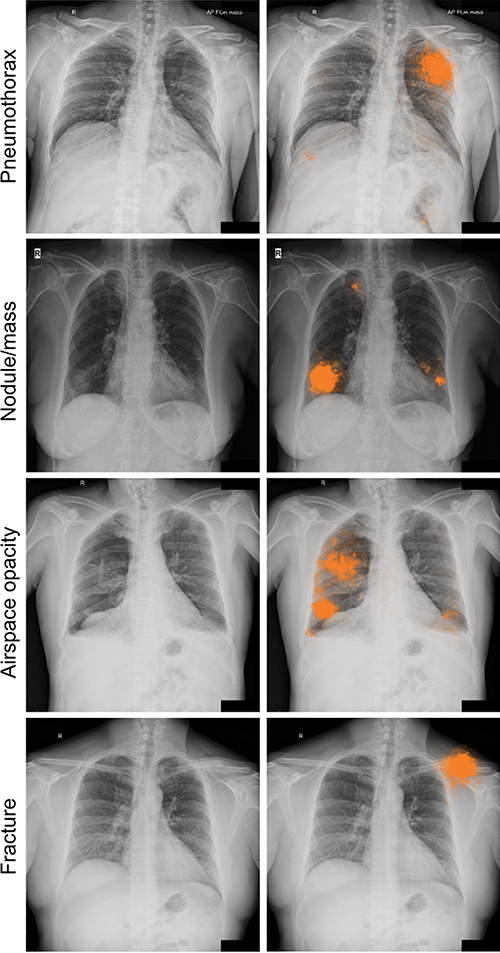

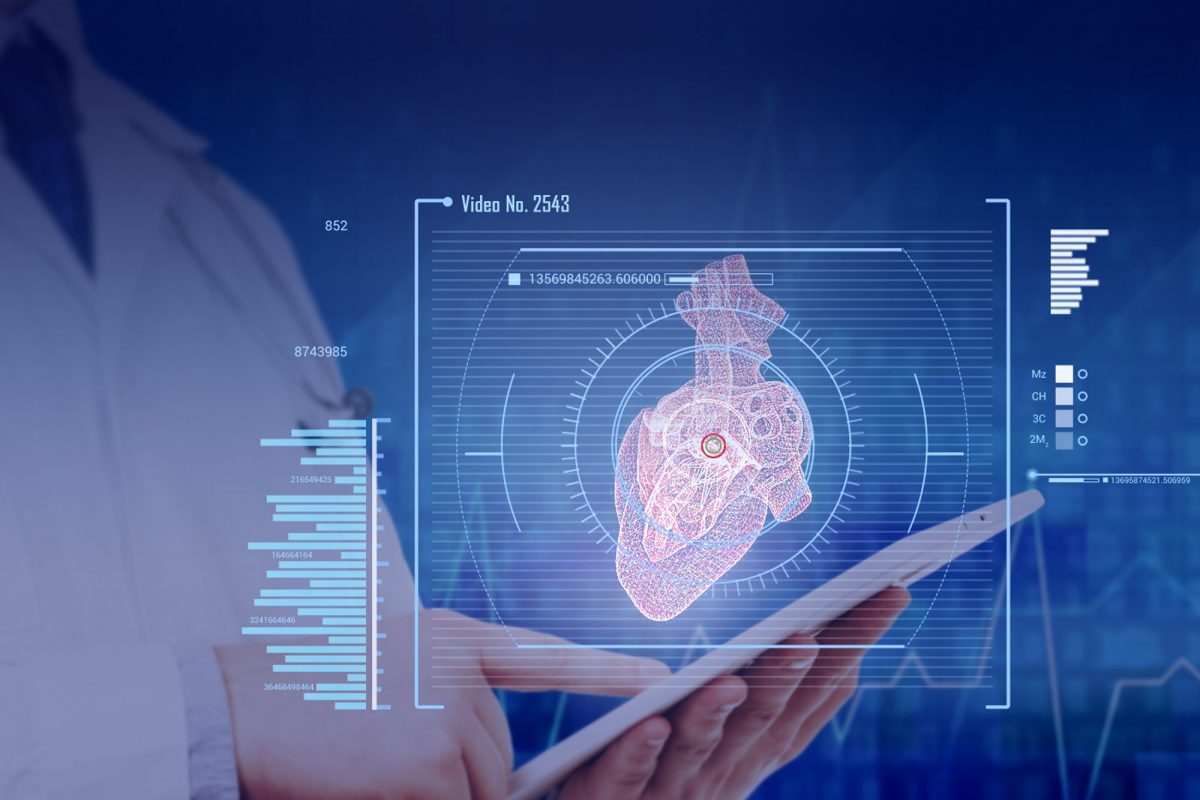





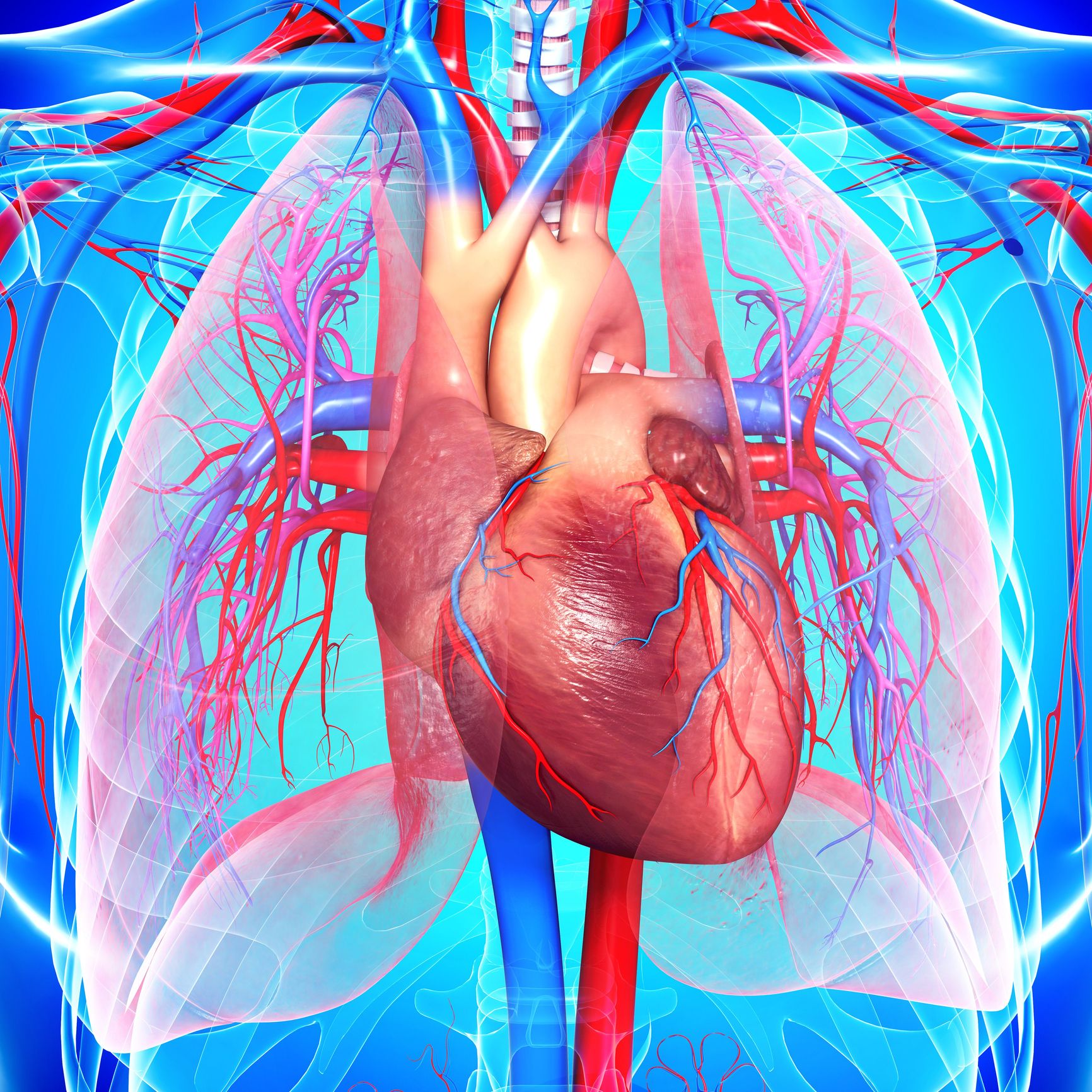




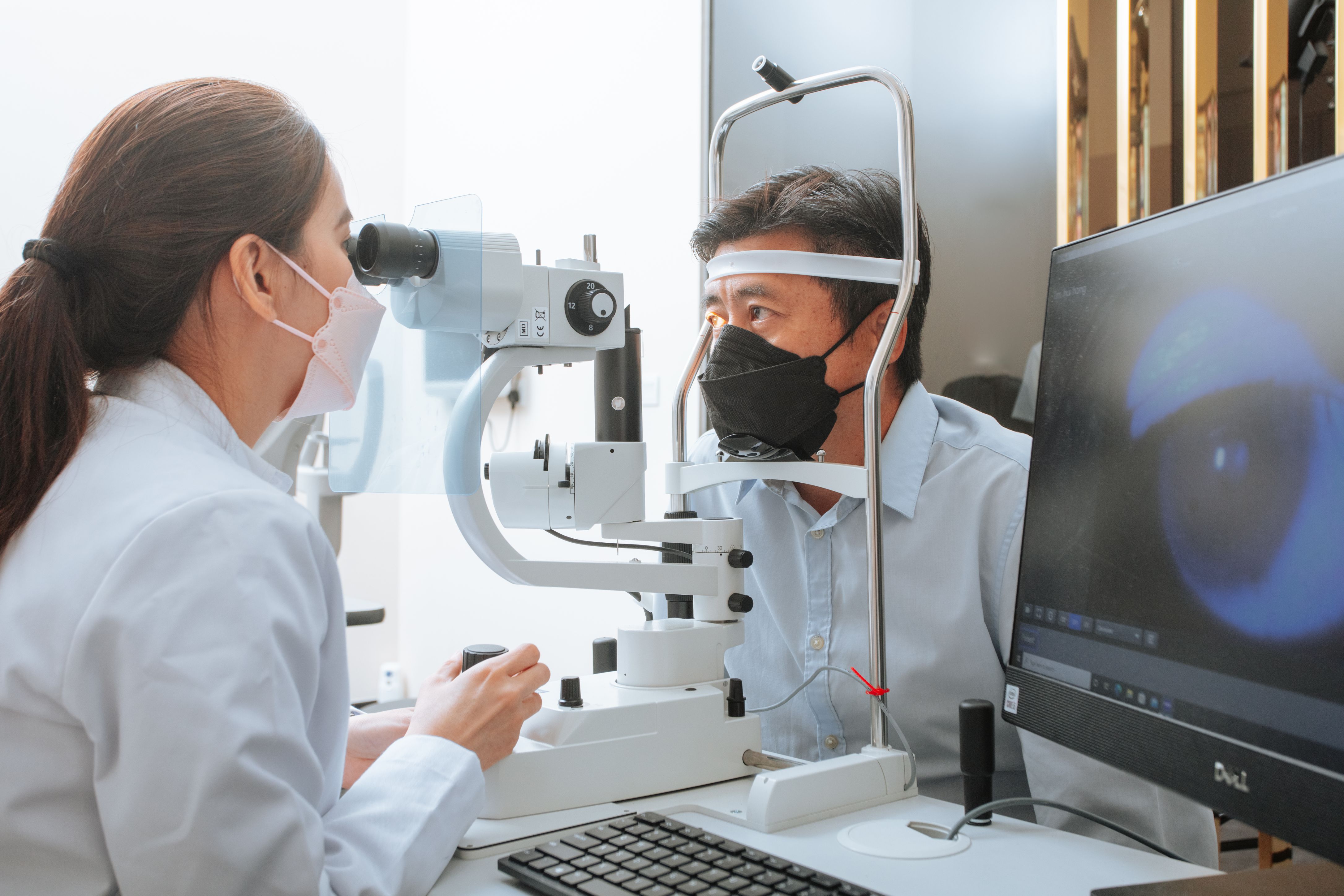

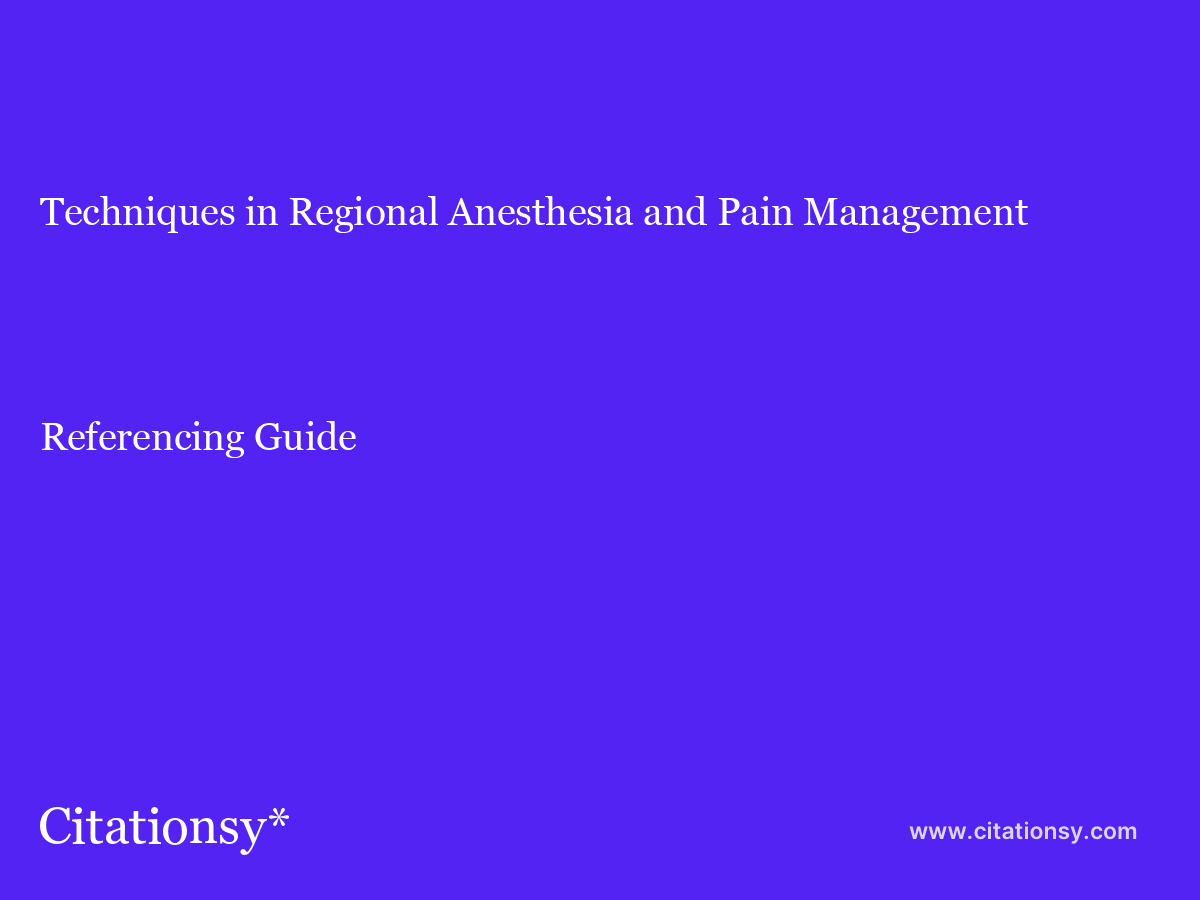


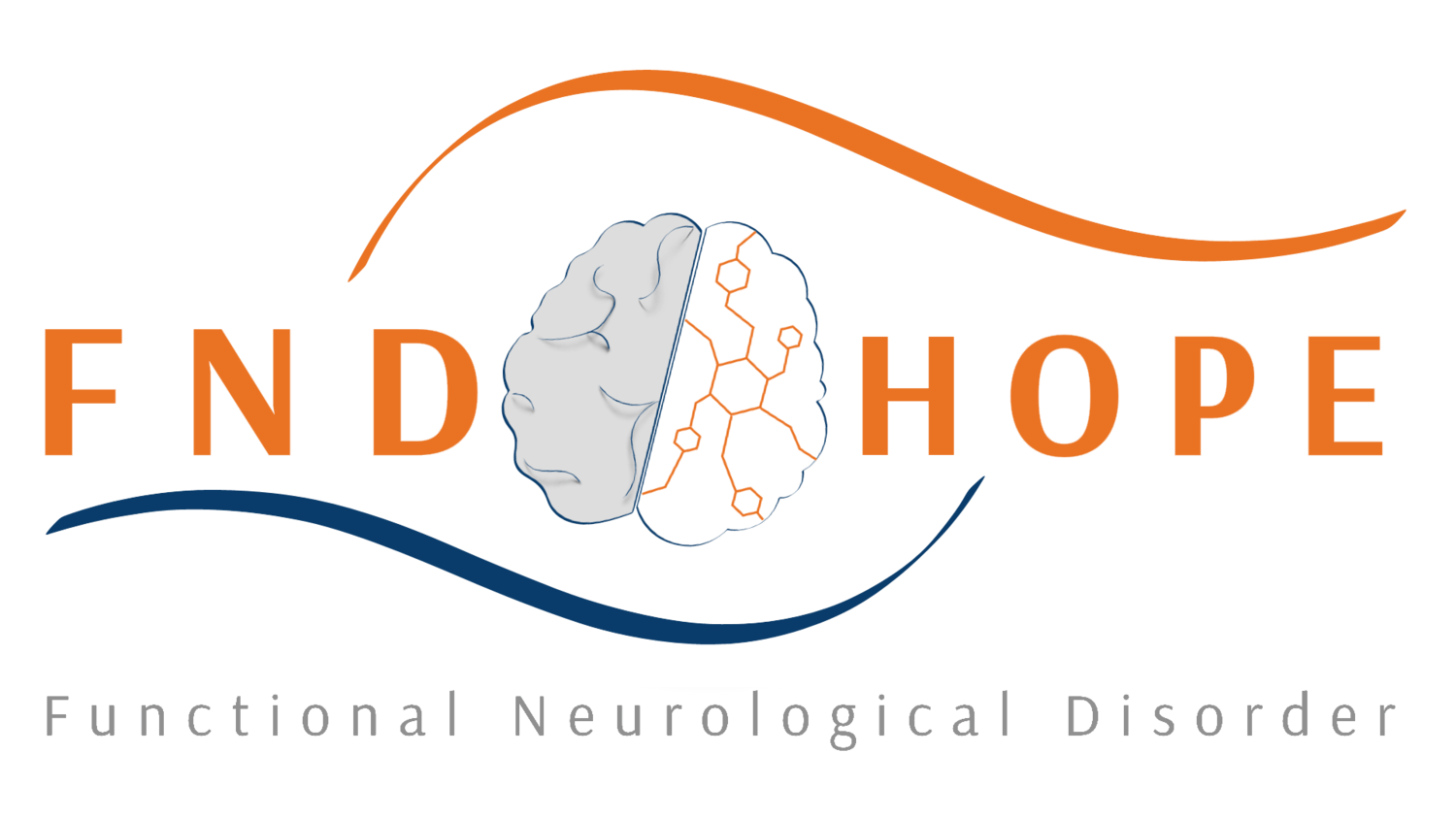

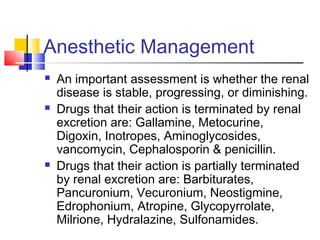
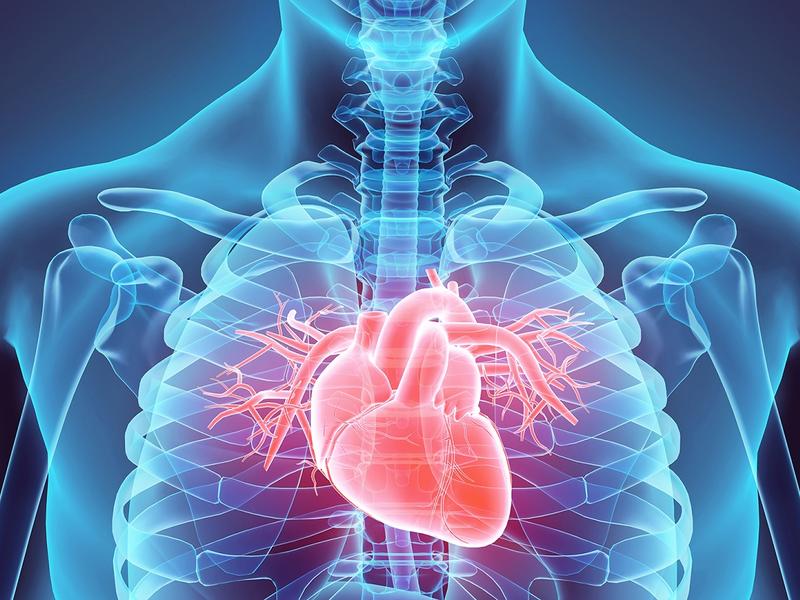















 We inventory a full line of grocery objects together with cereals, ethnic, cheeses, beverages, and paper items. Uncover a multitude of articles covering the most recent and breaking information from the world of pure health. Sarah’s recipes concentrate on complete foods that will match into anyone’s healthy eating plan and Hugh brings them to life with his amazing meals pictures.
We inventory a full line of grocery objects together with cereals, ethnic, cheeses, beverages, and paper items. Uncover a multitude of articles covering the most recent and breaking information from the world of pure health. Sarah’s recipes concentrate on complete foods that will match into anyone’s healthy eating plan and Hugh brings them to life with his amazing meals pictures.

 Why are vitamin supplements for diabetics necessary? Eating healthy food sometimes does not guarantee that your body gets the right amount of vitamins that you need to make your body function properly. Insufficient amount of vitamins and other minerals cause body disorders. If you have diabetes, it can lead to further health complications.
Why are vitamin supplements for diabetics necessary? Eating healthy food sometimes does not guarantee that your body gets the right amount of vitamins that you need to make your body function properly. Insufficient amount of vitamins and other minerals cause body disorders. If you have diabetes, it can lead to further health complications. From all of us at Health Issues Centre, thanks and have a beautiful festive season with loved ones. If we’re to cease seeing these horrific information tales of individuals both young and old being gunned down by the police, without being given any recourse, then the police administrations must require training in recognizing psychological points versus real threat issues.
From all of us at Health Issues Centre, thanks and have a beautiful festive season with loved ones. If we’re to cease seeing these horrific information tales of individuals both young and old being gunned down by the police, without being given any recourse, then the police administrations must require training in recognizing psychological points versus real threat issues.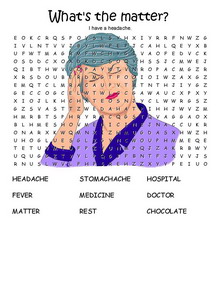

 Charities are calling for improved psychological health provision in colleges as new figures reveal greater than 50,000 kids and younger individuals contacted Childline last year searching for help for serious psychological health problems. Farm workers throughout India are getting the same allergic reactions from handling Bt cotton 15 as those that reacted to Bt spray. Speaking together with your health care provider: Describe the sorts of issues that you’re having with your pondering and memory. Proper nutrition and an occasional exercise might help in the prevention of the non-hereditary health problems reminiscent of, high blood pressure or high cholesterol. My mental preferences have greatly modified since then, and whereas I may still use a factor or two, I have become a believer in thoughts’s capital function in matters of health. People discuss raising consciousness about psychological health and combating the stigma. This additional proves that in the event you increase your health at a young age, your later years shall be pleasing.
Charities are calling for improved psychological health provision in colleges as new figures reveal greater than 50,000 kids and younger individuals contacted Childline last year searching for help for serious psychological health problems. Farm workers throughout India are getting the same allergic reactions from handling Bt cotton 15 as those that reacted to Bt spray. Speaking together with your health care provider: Describe the sorts of issues that you’re having with your pondering and memory. Proper nutrition and an occasional exercise might help in the prevention of the non-hereditary health problems reminiscent of, high blood pressure or high cholesterol. My mental preferences have greatly modified since then, and whereas I may still use a factor or two, I have become a believer in thoughts’s capital function in matters of health. People discuss raising consciousness about psychological health and combating the stigma. This additional proves that in the event you increase your health at a young age, your later years shall be pleasing.
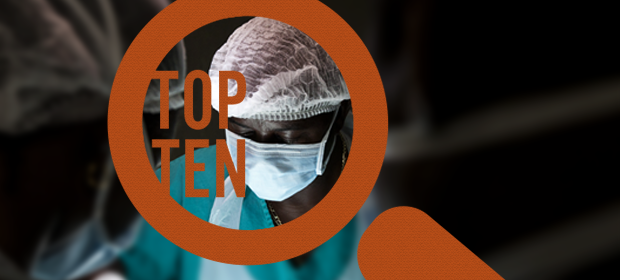
 There have been large improvements over latest years in reducing the number and price of injuries to construction workers. These aren’t the only points on our minds, in fact – global migration, the refugee crisis and local weather change happening now, for instance, will likely have an effect on world health for many years and even centuries to come back. However anxiousness could possibly be the sign of a mental health difficulty if it is constant and interferes all the time. Democrat Al Franken mentioned he thought the US chief was affected by mental health points and claimed a number of the President’s own Republican social gathering felt the identical way. I went into therapy and it gave me the confidence to read up on things about mental health – it was essential for me to seek out my own therapeutic way to deal with my points. The Conference on the Elimination of Discrimination Against Women (CEDAW) also sets out the rights of girls and women to health and ample health care.
There have been large improvements over latest years in reducing the number and price of injuries to construction workers. These aren’t the only points on our minds, in fact – global migration, the refugee crisis and local weather change happening now, for instance, will likely have an effect on world health for many years and even centuries to come back. However anxiousness could possibly be the sign of a mental health difficulty if it is constant and interferes all the time. Democrat Al Franken mentioned he thought the US chief was affected by mental health points and claimed a number of the President’s own Republican social gathering felt the identical way. I went into therapy and it gave me the confidence to read up on things about mental health – it was essential for me to seek out my own therapeutic way to deal with my points. The Conference on the Elimination of Discrimination Against Women (CEDAW) also sets out the rights of girls and women to health and ample health care.





